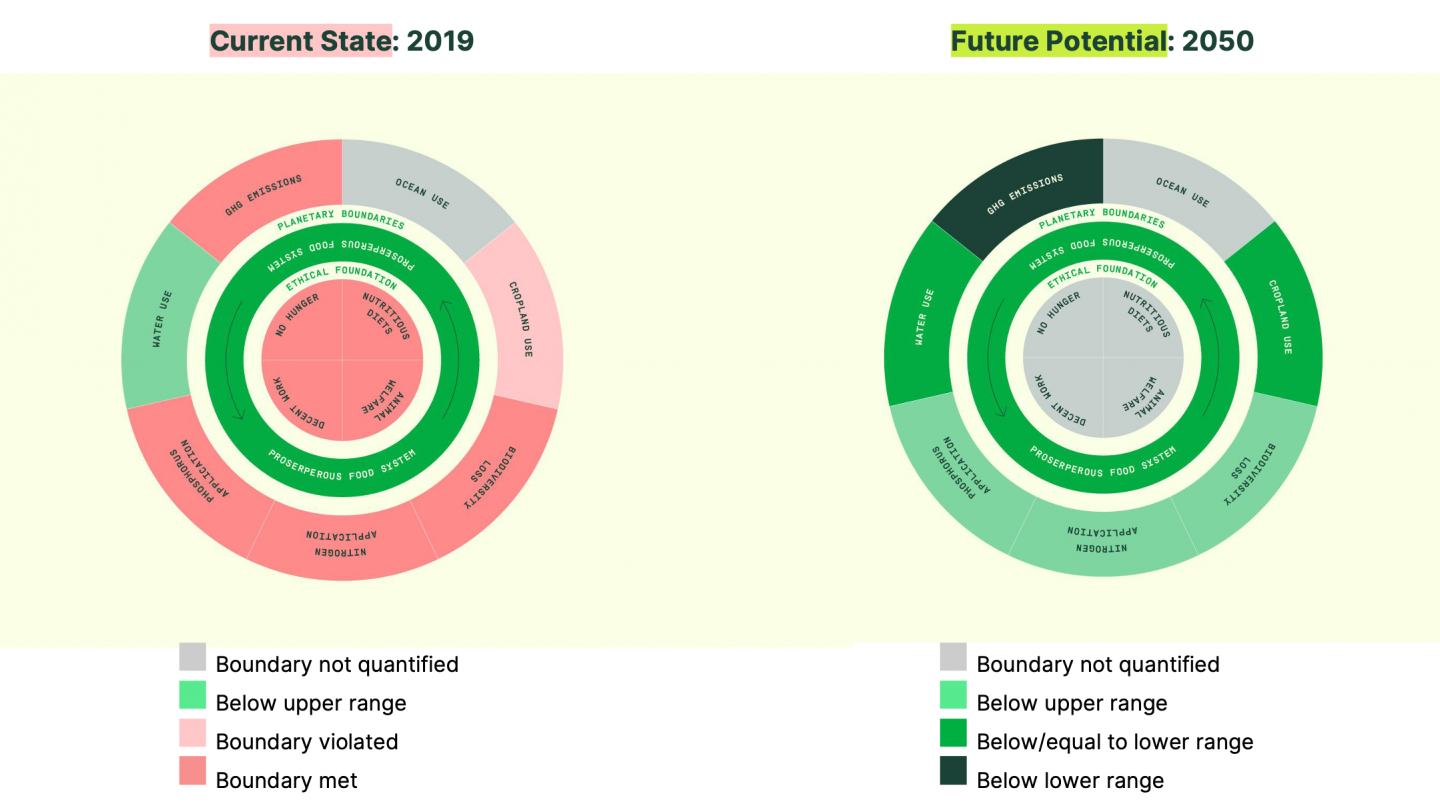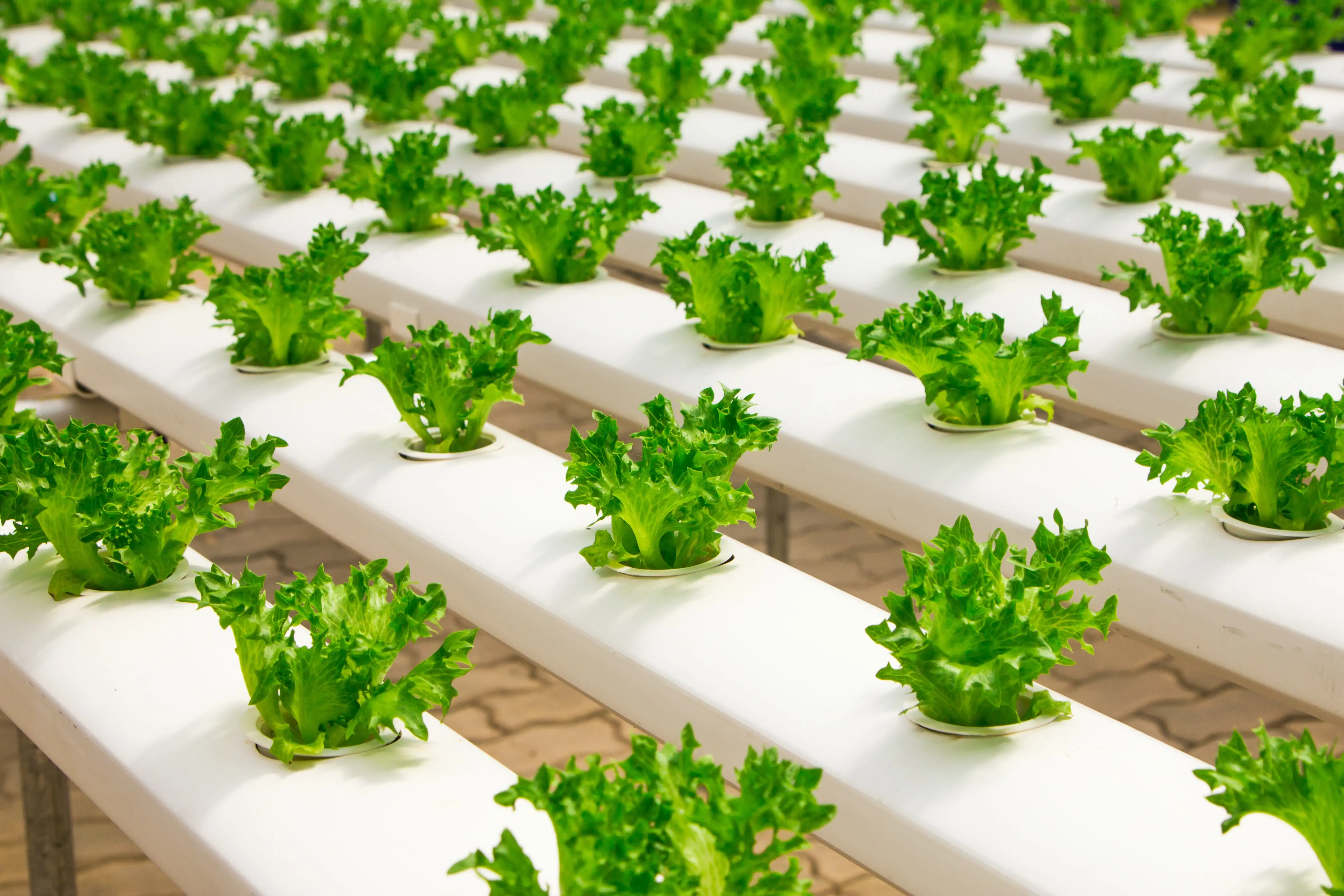
The Re:food circle
We developed The Re:food Circle as a framework defining the boundaries and ethical foundations of a sustainable food system to help guide transformative investments.
We approach every investment opportunity based on its potential to provide a significant net positive impact on our planetary boundaries and ethical foundation.
The food system is sustainable when it operates within the Re:food circle’s ethical and planetary boundaries. It’s resilient when its design allows it to do so despite severe stress from external events such as harsh weather, droughts, pandemics, or financial crises.
Today’s food system violates several ethical and planetary boundaries. We urgently need new ways of producing, distributing, and consuming food to reverse this destructive trajectory. Luckily, it’s not too late to reform the food system into a sustainable and resilient state.

Four major shifts are required for the food system transformation to take place: the protein shift, the healthy soils revolution, the sustainable supply chain reformation, and the healthy diets transformation. Given the urgency and critical importance for these shifts to succeed, we’ve made them our investment themes to ensure we devote our full attention and resources to supporting the entrepreneurial instigators at the forefront of these rising paradigm shifts.
Given the urgency and critical importance for these shifts to succeed, we've made them our investment themes to ensure we devote our full attention and resources to supporting the entrepreneurial instigators at the forefront of these rising paradigm shifts.
These shifts seek to reverse the damages caused by animal factory farming, overfishing, wasteful and linear supply chains, myopic crop yield techniques, and the global rise of malnutrition. Successfully reversing the damage caused by their root causes can yield transformational returns to the food system, society, and biosphere for generations to come. Thankfully, these four shifts are already in motion, enabled by innovations with transformative potential. To ensure the future food system is truly sustainable we must understand the dynamic complexities of the global food system and carefully monitor the impact when scaling new solutions.
More detailed information about the Re:food circle and our investment philosophy can be found in our Food is Solvable report.
The Re:food circle takes inspiration and builds upon the work of Stockholm Resilience Center’s Nine Planetary Boundaries. We’ve tailored the boundaries of our model to match the ones used by the EAT-Lancet Commission to best reflect the specific impact of the global food system. We’ve added an ethical foundation inspired by Kate Raworth’s Doughnut Economics work*. Our ethical foundation consists of sub-goals of the UN’s SDGs, and the Five Freedoms by the Farm Animal Welfare Council.
Disclaimer: The Re:food circle is a separate model not related to the “Doughnut Economics” model other than its shape. Thus, the Re:food circle should not be treated as a downscaled version of the “Doughnut”.



